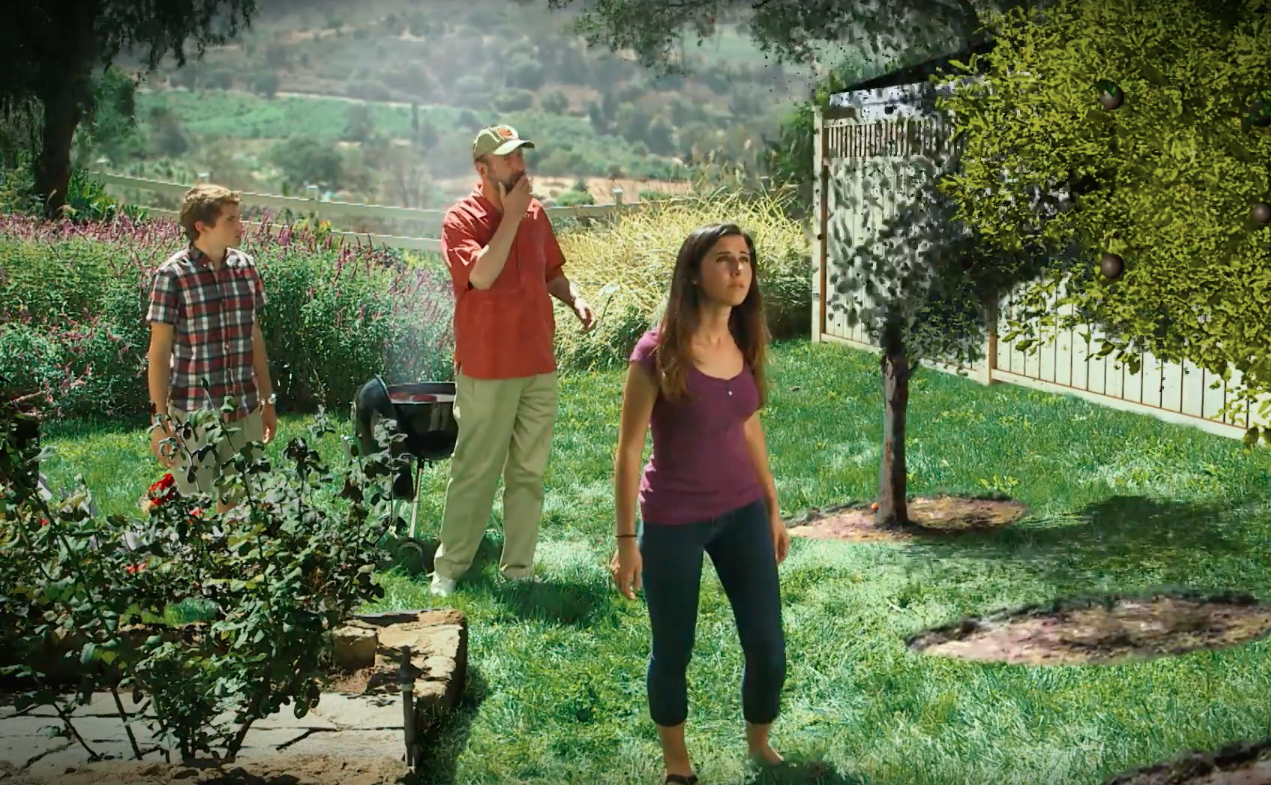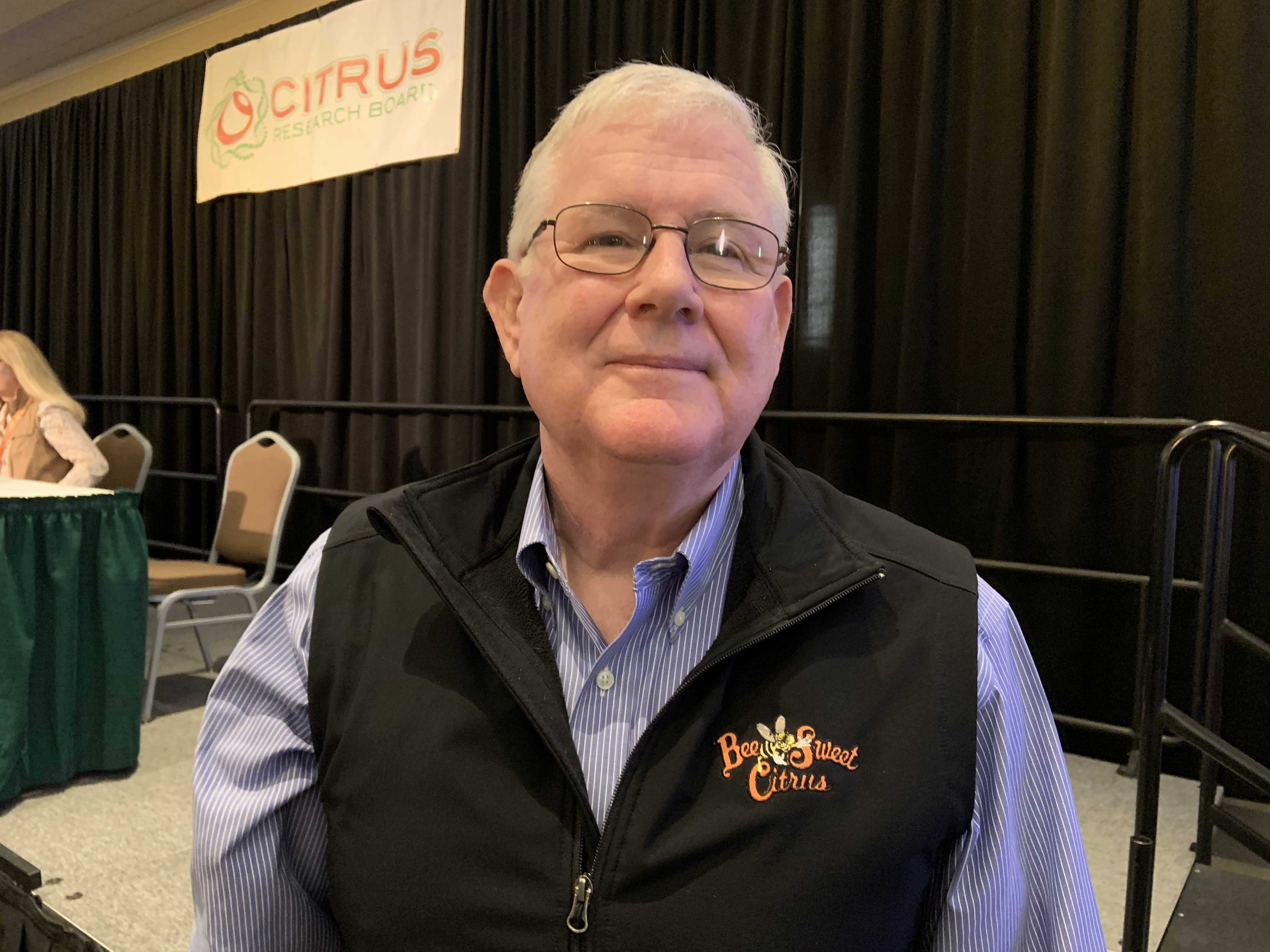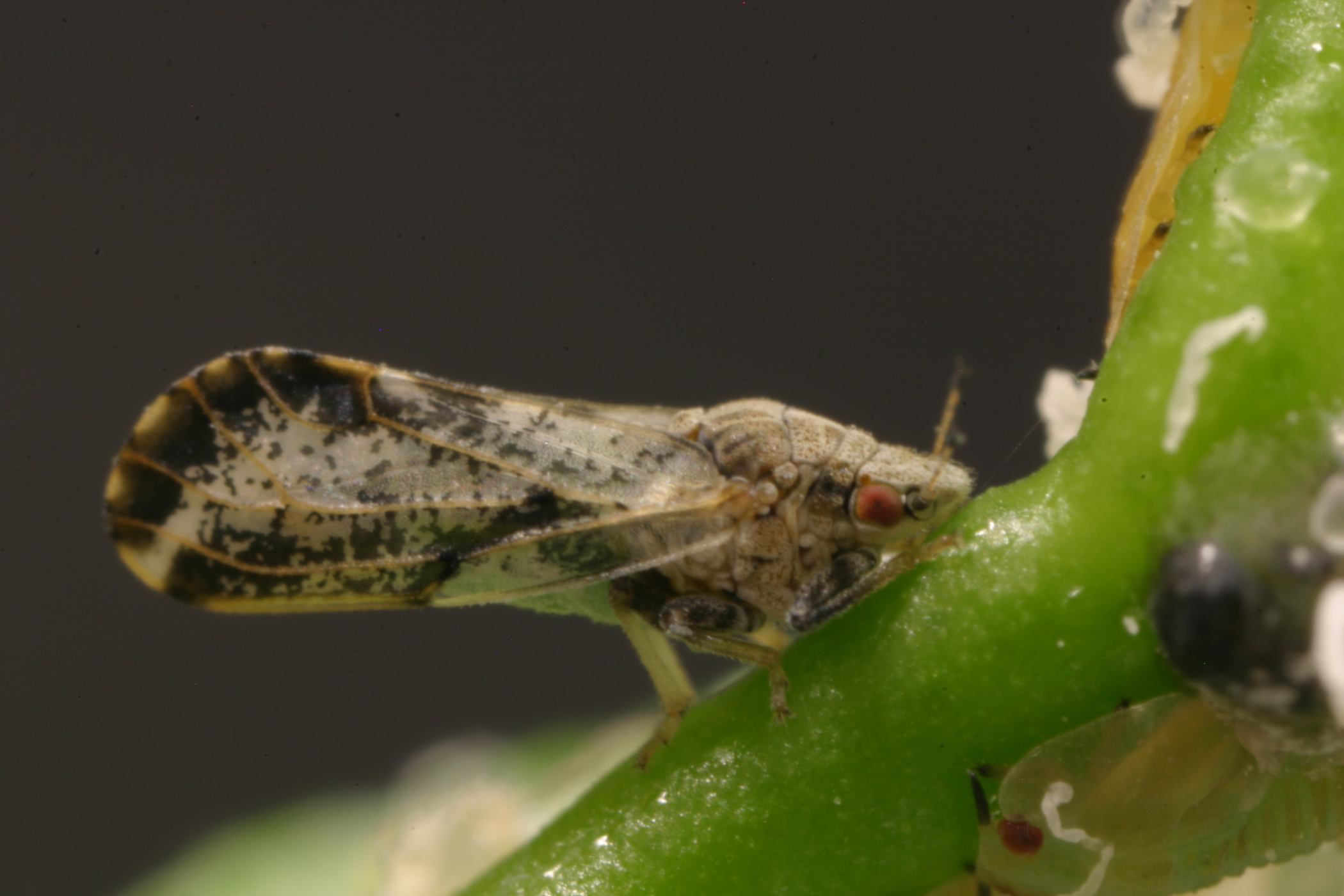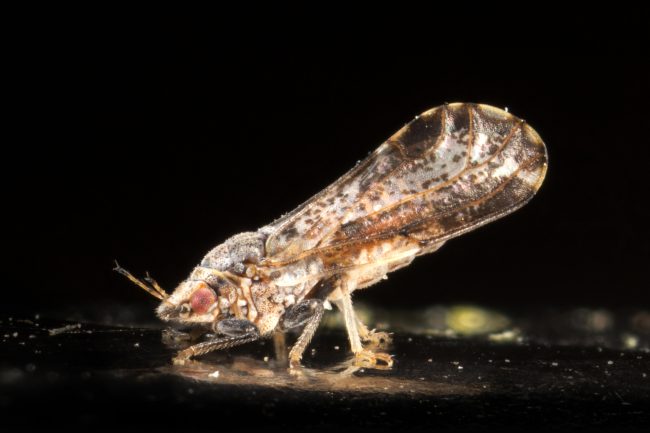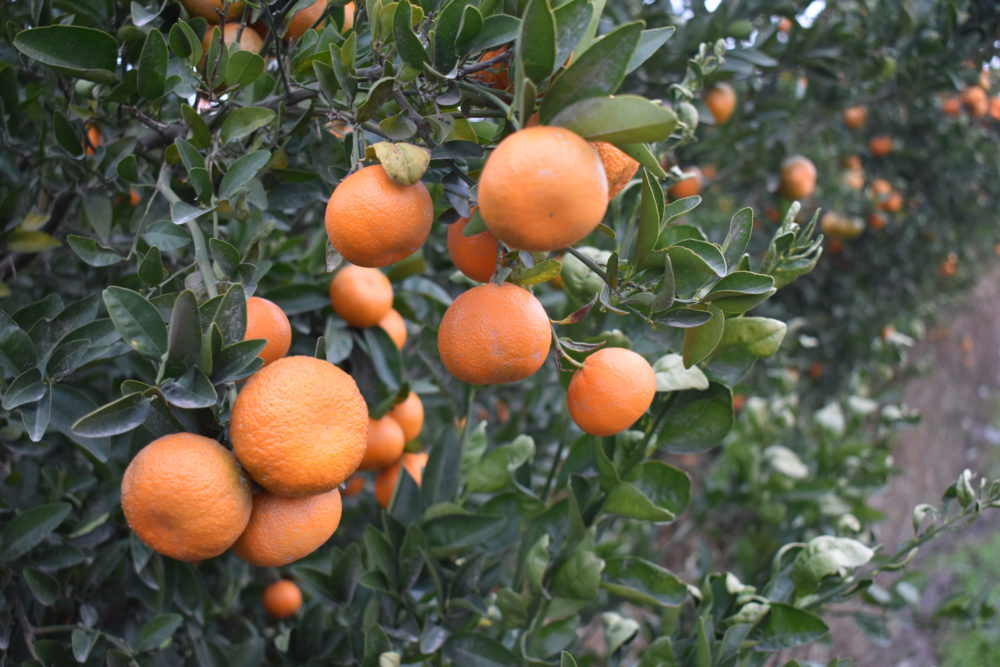Courtney Razor is New Communications Manager at CFFA
California Fresh Fruit Association Announces New Director of Member Services and Communications
The California Fresh Fruit Association (CFFA) today announced the hiring of Courtney Razor as its new Director of Member Services and Communications.
Razor comes to the Association after serving as the Chief Operations Officer for the Fresno County Farm Bureau for the last six and a half years. In her role at the Fresno County Farm Bureau, Mrs. Razor managed their Future Advocates for Agriculture Concerned about Tomorrow (FAACT) program, supported the needs of the Board of Directors and Executive Committee and oversaw special event planning.
The Chairman of the Board for the Association, Randy Giumarra of Giumarra Vineyards Corp.,stated, “We are very pleased that Courtney has agreed to become a part of the team at CFFA. Her personal background and education, as well as her extensive experience working for a peer agricultural association, should translate into real value for our membership.”
Association President Ian LeMay added, “I have had the pleasure of working with Courtney for a number of years in her role with the Fresno County Farm Bureau, and I have always found her to be an articulate and vocal advocate for California agriculture. We believe she is a natural fit, along with our current staff, to continue to bring value to our members and to serve the California fresh fruit industry.”
Razor grew up in Sanger and is the daughter of third-generation fresh fruit farmer Craig Sorensen. She is a graduate of California State University, Fresno where she earned her bachelor’s degree in mass communications and journalism along with a certificate in marketing.
Her first day at the Association will be Tuesday, September 3rd.


